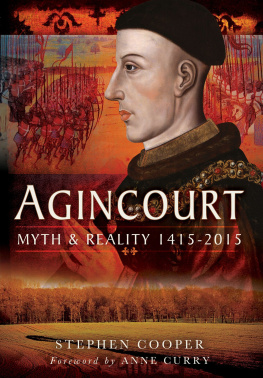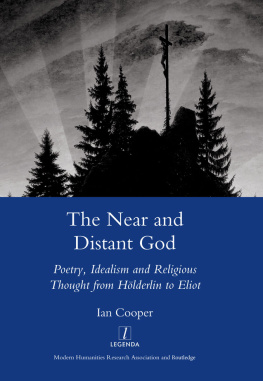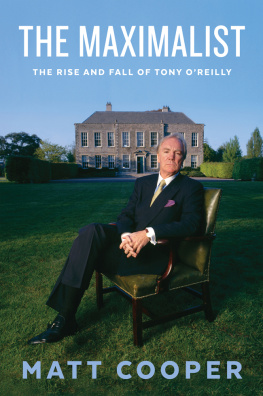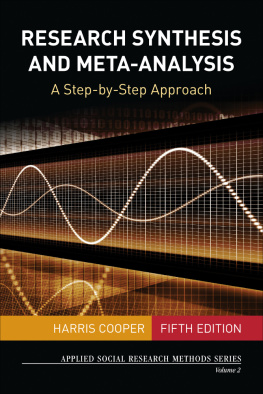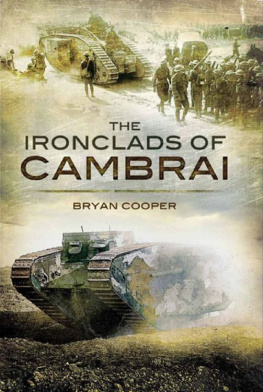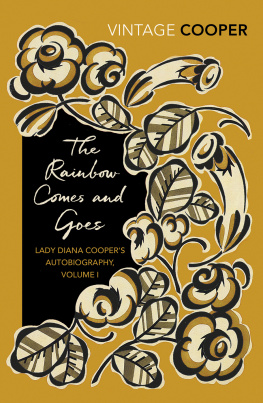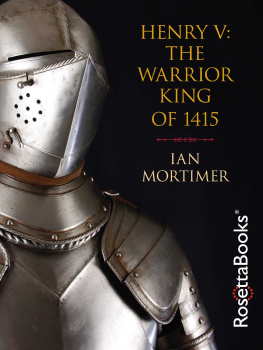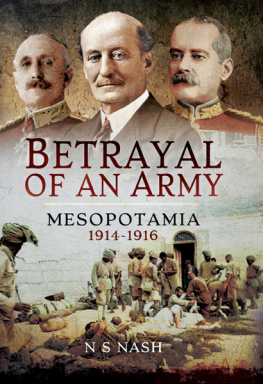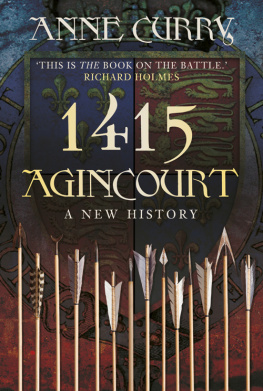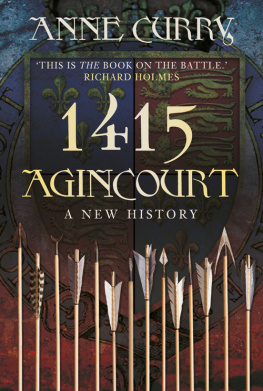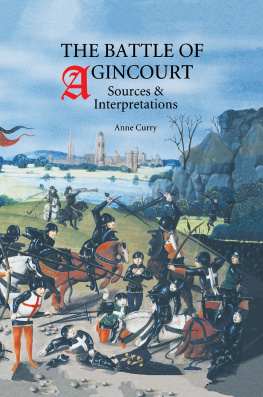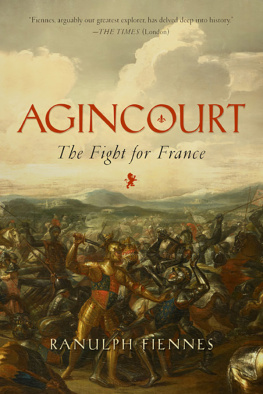First published in Great Britain in 2014 by
PRAETORIAN PRESS
an imprint of
Pen & Sword Books Ltd
47 Church Street
Barnsley
South Yorkshire
S70 2AS
Copyright Stephen Cooper, 2014
HARDBACK ISBN: 978-1-84884-462-9
PDF ISBN: 978-1-47383-694-5
EPUB ISBN: 978-1-47383-518-4
PRC ISBN: 978-1-47383-606-8
The right of Stephen Cooper to be identified as the author of this work has been
asserted by him in accordance with the Copyright, Designs and Patents Act 1988.
A CIP catalogue record for this book is available from the British Library.
All rights reserved. No part of this book may be reproduced or transmitted in any
form or by any means, electronic or mechanical including photocopying, recording
or by any information storage and retrieval system, without permission from the
Publisher in writing.
Typeset by Concept, Huddersfield, West Yorkshire.
Printed and bound in England by CPI Group (UK) Ltd, Croydon CR0 4YY.
Pen & Sword Books Ltd incorporates the imprints of Pen & Sword Archaeology,
Atlas, Aviation, Battleground, Discovery, Family History, History, Maritime,
Military, Naval, Politics, Railways, Select, Social History, Transport, True Crime,
and Claymore Press, Frontline Books, Leo Cooper, Praetorian Press,
Remember When, Seaforth Publishing and Wharncliffe.
For a complete list of Pen & Sword titles please contact
PEN & SWORD BOOKS LIMITED
47 Church Street, Barnsley, South Yorkshire, S70 2AS, England
E-mail:
Website: www.pen-and-sword.co.uk
Contents
by Anne Curry
List of Illustrations
List of Plates
Acknowledgements
First and foremost I am immensely grateful to Professor Anne Curry of Southampton University, who kindly read my text, made many comments and saved me from falling into serious error. I am also indebted to the numerous works with which she has changed the face of the subject, especially Agincourt, Sources and Interpretation (2000) and Agincourt, A New History (2005), but also the articles listed in the bibliography. Juliet Barkers Agincourt, The King, The Campaign, The Battle (2005) is full of ideas, problems and suggested solutions, as well as being a lively account. The Reign of Henry V by J. H. Wylie (published posthumously in 1919) has annoyed many people with its digressions and at times wearisome footnotes, but is a mine of information, as is Ren de Bellevals Azincourt of 1865. I also owe much to Richard Vaughans biography of the second Valois Duke of Burgundy, John the Fearless (1973 and 2002); and to Emma Smiths King Henry V (2002), with its fascinating descriptions of the many performances of Shakespeares play. Lastly, I should mention The Great Warbow by Matthew Strickland and Robert Hardy (2005), a truly comprehensive study of the subject.
The photographs of the tombs of Sir Lewis Robessart and of Henry Vs chantry chapel in Westminster Abbey are reproduced with the permission of the Dean and Chapter of Westminster. Those of Henry Vs shield and achievements were taken when these were on loan from the Abbey to the British Museum in 2012. The photograph of William ap Thomas is reproduced by permission of Jeremy Bolwell; that of Sir Simon Felbriggs memorial brass by permission of Evelyn Simak; and that of John de Roos by permission of J. Hannan-Briggs. All three are copyrighted but licensed for re-use under the Creative Commons Licence. All other photographs are from my own collection.
Stephen Cooper,
Thorpe Hesley
1 June 2013
Foreword
The Battle of Agincourt has never ceased to fascinate, whether in its own time or in later centuries. It can indeed claim to be one of the most famous battles of all time, although how much of that is down to Shakespeare rather than Henry V is a moot point.
Stephen Cooper offers new perspectives on what Agincourt has meant over the years. He works outwards from the site itself, steering through key areas of interest and culminating on what the battle has come to signify over the century since its 500th anniversary in 1915. He offers a personal approach based on wide reading and deep reflection. He offers many intriguing details and real insights into the mind-set of different generations. He recalls the experiences of individuals and the development of family traditions about the battle. He ends with the thought that Bannockburn is easier to commemorate than Agincourt since debates on Scottish independence have more current relevance than English ambitions in France. The kings of England did not surrender their pretensions to the throne of France until 1801 when they were kings of Great Britain and Ireland and France was no longer a monarchy. But perhaps there is some irony that, as I pen this preface, an Englishman helped to win the European rugby title for a French club. Maybe Robert and Thomas Wylkynson, archers on the Agincourt campaign, were his ancestors!
Anne Curry
Southampton
May 2013
For my father and mother,
born in August and November, 1915.
All the time of war during these forty years between England and France there were scarcely three or four men whom one could find to agree, in telling how a town or castle was won in France or how a battle was done there.
Bishop Reginald Pecock
(c. 1395c. 1461).
Introduction
From Henry V to Winston Churchill
1415 was the year in which Pope Gregory XII resigned from the Papacy (the last time this happened before Benedict XVI resigned in 2013). It was also the year when the Hohenzollerns acquired the Electorate of Brandenburg, with momentous consequences for German history; and the year in which the Portuguese captured Ceuta in North Africa for Christendom; but in England the event which everyone heard about was the Battle of Agincourt, fought on St Crispins Day, 25 October 1415. The defeat of a large French army by a smaller force led by Henry V was so crushing that the battle was regarded as a minor miracle. The victory restored the reputation of English arms and made Henry Vs name.
Agincourt was celebrated in England on the anniversary of the battle in 1416; but the annual celebration began to lose its following within a few years, since the English invaders of France were turned back on the Loire in 1429, and driven out altogether in 1453 (except for Calais and the Channel Islands). Saints days in general were dealt a heavy blow by the Protestant Reformation and by the middle of the eighteenth century Agincourt Day passed by without much attention. Yet, amongst historians, Henry Vs achievement continued to be praised, by Roman Catholics and Protestants alike, though Henry was an orthodox Catholic and an enthusiastic persecutor of the Lollards, at one time thought to be proto-Protestants.
The victor of Agincourts reputation as warrior-hero was made secure, at least in English-speaking countries, by Shakespeares play Henry V, written in the 1590s, though Spain rather than France was now the national enemy. Shakespeare turned the somewhat pedestrian accounts of the battle which he found in Tudor chronicles into wonderful poetry and drama; and he also turned an English victory into a British one, by including a Scotsman, a Welshman and an Irishman as officers in Henry Vs army.
The Shakespearean myth proved very powerful. Henry V became a regular part of the repertoire of English theatre, especially after the Act of Union between England and Scotland in 1707. The play was popular each time the new British army went to war, and especially at the time of a centenary; and the spirit of Agincourt was repeatedly invoked in times of crisis. Shakespeares St Crispins Day speech was reproduced in the columns of The Times during the Battle of Loos in October 1915; and Winston Churchill undoubtedly had Agincourt in mind when he moved the nation with his speech about the achievement of the few in 1940. As recently as 2009 the
Next page
